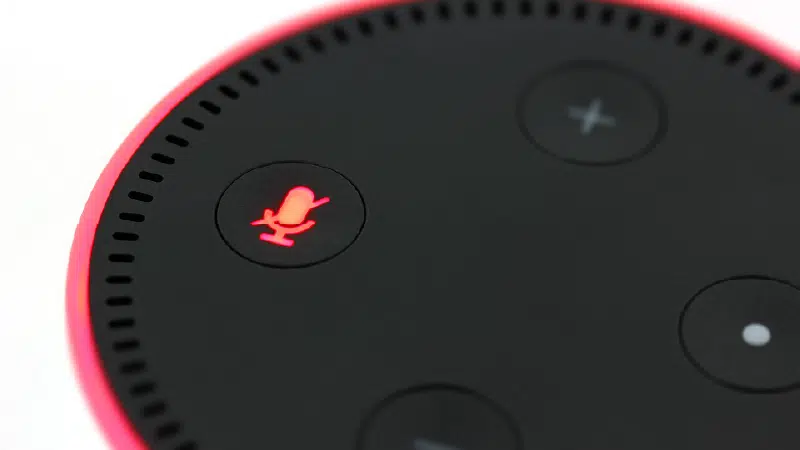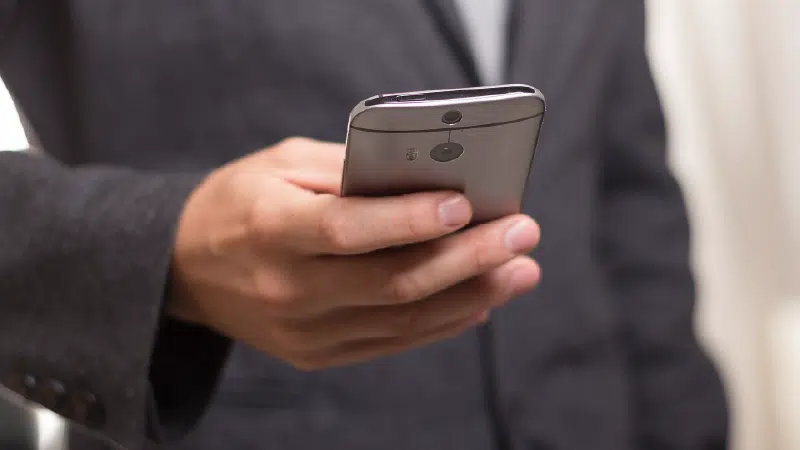MADISON, Wis.- In less than a month and despite government attempts to extinguish them, voices for freedom in Iran have spread like wildfire around the world, including in Madison, echoing the name of one young Persian woman – Mahsa Amini.
“Mahsa was a 22-year-old girl, which is really scary to talk about because I’m 20,” said Bahar, who asked News 3 Now to use only her first name.
Amini died after being detained by Iran’s “morality police” for allegedly not wearing her hijab correctly. Officials claim she had a heart attack.
“The women that were actually with her during the time say that she was hit by the police,” Bahar said. “It’s sad because it’s not the first time that it happened, it’s not the 10th time, it’s not the 100th time, it happens every day.”
Since then, protests have spread from Iran to the UK, and states like California, Texas, and here in Wisconsin.
“Honestly it was over my expectations,” said the co-organizer of a rally at Madison’s Capitol in September. “That ok, we are being heard, people are seeing us and they’re just (sic) voice of us so definitely it gave us a good feeling.”
For the organizer and countless other Iranian women, Amini’s story was all too relatable. She too was arrested by the morality police while living there. “I have been in the same place that Mahsa has been.”
“You go to a place where other people, they’re just like you, they’re not criminal but they (sic) are acting you like criminals, and they ask you to just like call your family, and bring you some more clothing to wear.”
The woman wished to only go by “Z.N.” in this story. “I’m still not sure about my safety.”
“There is no guarantee that my family would be safe, but I think it’s enough; we need to be heard,” Z.N. said.
No matter the location, many of the signs and chants are the same. “Zan, Zendegi, Azadi-Women, Life Freedom,” Z.N. said, “and we don’t want more than that.”
A call for freedom of choice that many see mirrored here – at rallies for abortion rights after the Supreme Court overturned Roe v. Wade this past Summer.
“I remember the Daily Show was talking about how the police dictate women’s rights in Iran and the Supreme Court does it here,” Bahar said. As part of UW Madison’s Persian Student Society, she too helped with the local protest in September.
She’s taking it on herself to fight for rights for her friends and family, which they can’t fight for freely. “My cousin who’s exactly my age, she was texted during a protest saying, how, ‘we know that you’ve been to the protest, you need to, this goes against the law that you’re not supposed to gather’”
Images in Iran show what happened to those who continue to defy, most recently in social media posts showing violent clashes between revolutionary guards and students at Tehran’s Sharif University.
“Severe repression, and either arrest, physical abuse, or being shot,” said Jon Pevehouse.
Pevehouse is a political science professor at the University of Wisconsin-Madison. “Interestingly the outside, outside outpouring of support has actually become one of the talking points for the regime.”
“Today the Supreme Leader kind of made his first statements on the protests, saying that ‘while the death was tragic, we know it’s the US and Israel that are behind these protests’,” he said Monday.
According to Pevehouse, these protests were also the bubbling over of economic troubles Iranians protested in 2019 and 2020. “I think it was sort of death by a thousand cuts in a way it’s just like eventually you get a high-profile case that information spreads quickly that Iran was not able to tamp down.”
Now, many Iranian authorities have disrupted internet access and blocked the use of certain apps in an attempt to limit the spread of images of them suppressing protests.
For Z.N., this means sometimes weeks can go by when she doesn’t know if her family’s ok. “The feeling that you can’t do anything for them and, like, you can’t be beside them, you can’t even hear them, it’s like a really bad feeling.”
According to Pevehouse, this can have other effects within the country as well. “It’s a very well-educated population, it’s a very online population so this is a danger too, it creates a further economic danger to shut the internet down.”
A very young population as well – mostly 25-39 years old. “They don’t remember the Shah, they don’t remember the revolution in ’53, like, all they’ve lived under is the morality police and this regime and they view it as corrupt,” he said.
So, with all these factors and international pressure, could these protests be the catalyst for change? Much more can’t come from foreign governments, Pevehouse said, because many already have sanctions on Iran.
“It’s hard to say, I think there’s a lot of optimism about that right now, although I think the reality is it’s going to be tough,” he said.
Tough, though not impossible given the aging Supreme Leader Ali Khamenei, whose health has been on the decline, Pevehouse said. “Authoritarian regimes break when they crack from within.”
“If the protests go on for a while and he is, exits the scene, or dies, or is removed — there’s no clear secession plan for him after this,” he said. “And that’s where we could see a tremendous break in the regime.”
Despite what may be a long road ahead, Iranians here in Madison are not done fighting.
“For it to get out, obviously is like really sad that it happened,” Bahar said, “but it’s really good that it’s raising awareness to what’s going on that’s probably happened thousands of times before.”
Like Z.N., she knows women there are still in danger of the same fate as Mahsa. “Now I have my freedom but still I can think about those people, those women who are living in there,” Z.N. said, “so I can’t just not like think about them, ignoring them, it can’t happen.”
COPYRIGHT 2022 BY CHANNEL 3000. ALL RIGHTS RESERVED. THIS MATERIAL MAY NOT BE PUBLISHED, BROADCAST, REWRITTEN OR REDISTRIBUTED.









